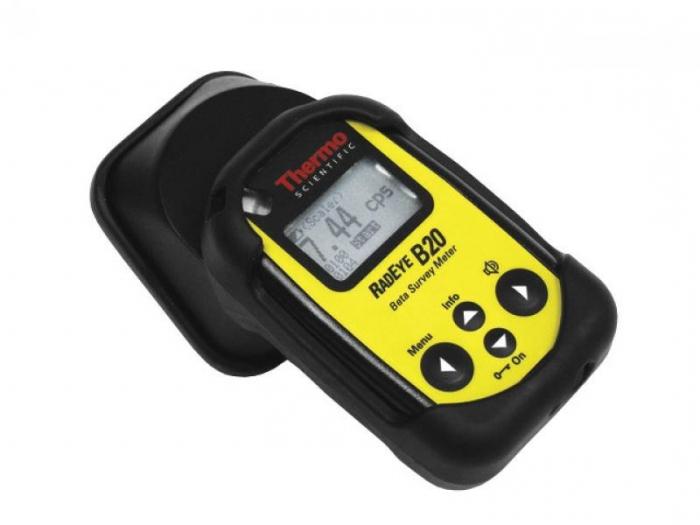Invented in 1908 by the German physicist Hans Wilhelm Geiger, a device capable of detecting ionizing radiation is widely used today. The reason for this is the high sensitivity of the device, its ability to register a wide variety of emissions. Ease of use and low cost make it possible to buy a Geiger counter for anyone who decides to independently measure the level of radiation at any time and anywhere. What kind of device is this and how does it work?
The principle of operation of the Geiger counter
The Geiger counter is quite simple in design. A gas mixture consisting of neon and argon, which is easily ionized, is pumped into a sealed container with two electrodes. A high voltage (about 400 V) is applied to the electrodes, which in itself does not cause any discharge phenomena until the moment when the ionization process begins in the gas medium of the device. The appearance of particles arriving from outside leads to the fact that primary electrons accelerated in the corresponding field begin to ionize other molecules of the gaseous medium. As a result, under the influence of an electric field, an avalanche-like creation of new electrons and ions occurs, which sharply increases the conductivity of the electron-ion cloud. In the gas environment of the Geiger counter, a discharge occurs. The number of pulses that occur during a certain period of time is directly proportional to the number of fixed particles. This is, in general terms, the principle of operation of the Geiger counter.

The reverse process, as a result of which the gas medium returns to its original state, occurs by itself. Under the influence of halogens (usually bromine or chlorine is used), intense recombination of charges occurs in this medium. This process is much slower, and therefore the time required to restore the sensitivity of the Geiger counter is a very important passport characteristic of the device.
Despite the fact that the principle of operation of the Geiger counter is quite simple, it is able to respond to ionizing radiation of various kinds. These are α-, β-, γ-, as well as x-ray, neutron and ultraviolet radiation. It all depends on the design of the device. So, the input window of the Geiger counter, capable of detecting α- and soft β-radiation, is made of mica with a thickness of 3 to 10 microns. To detect x-rays, it is made from beryllium, and ultraviolet from quartz.
Where is the Geiger counter used?
The principle of operation of the Geiger counter is the basis for the work of most modern dosimeters. These small devices, which have a relatively low cost, are characterized by rather high sensitivity and are capable of displaying results in units that are convenient for perception. The simplicity of their use allows the operation of these devices even for those who have very distant concepts of dosimetry.
According to their capabilities and accuracy of measurements, dosimeters are professional and household. With the help of them, it is possible to timely and efficiently determine the available source of ionized radiation both in the open area and indoors.
These devices, which use in their work the principle of operation of a Geiger counter, can promptly give a danger signal with the help of both visual and sound or vibration signals. So, you can always check food, clothing, examine furniture, appliances, building materials, etc. for the absence of radiation harmful to the human body.